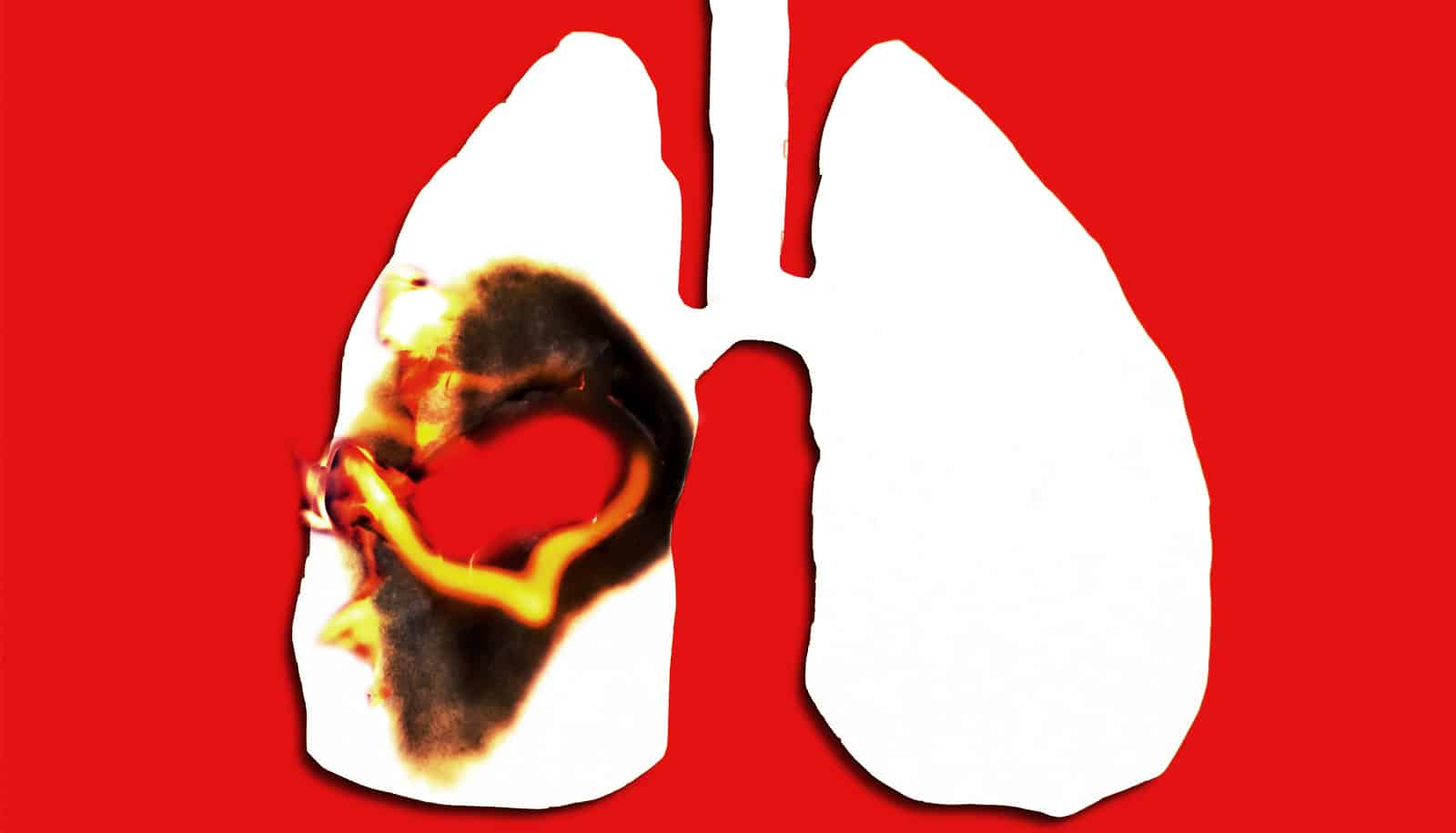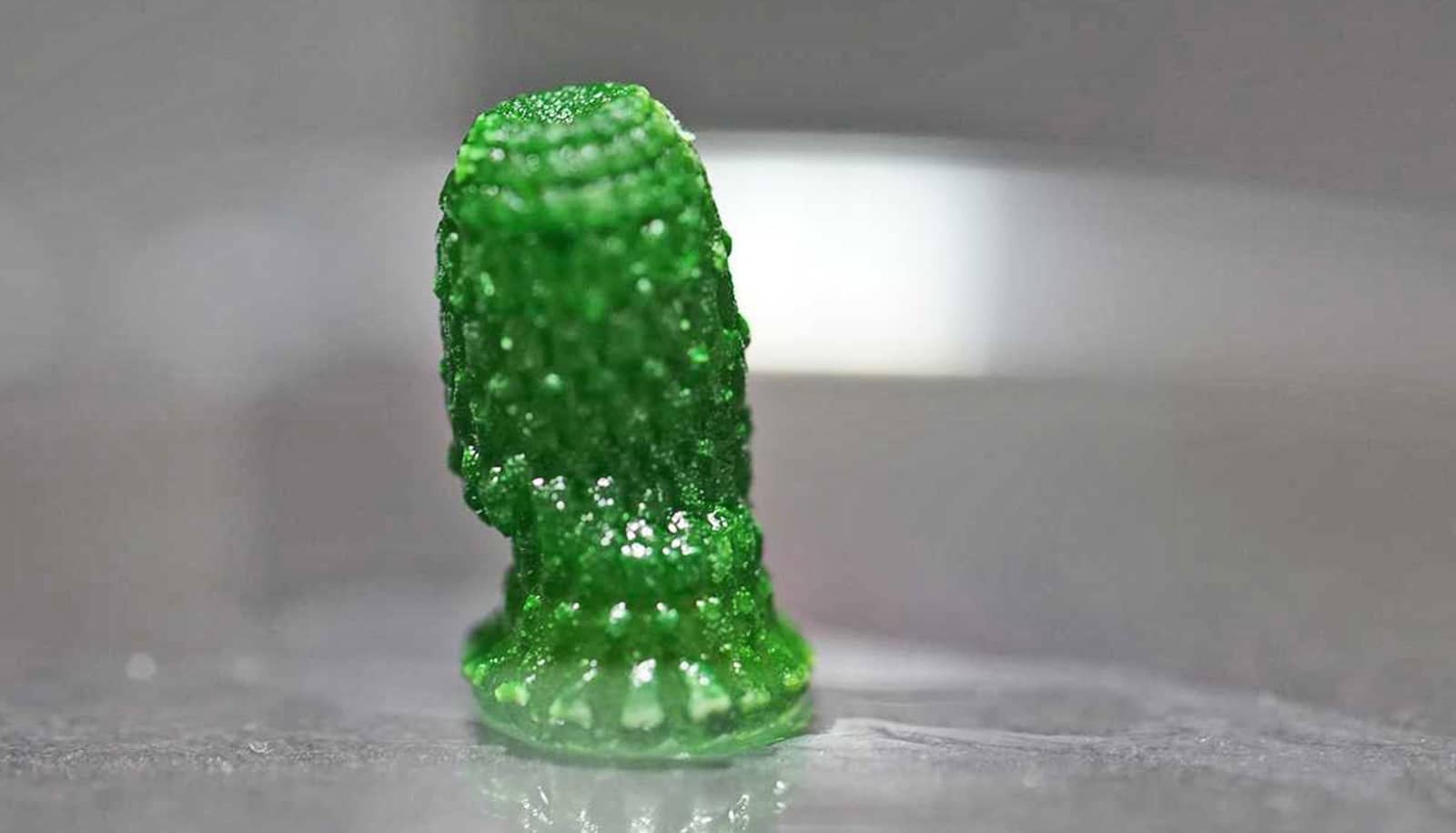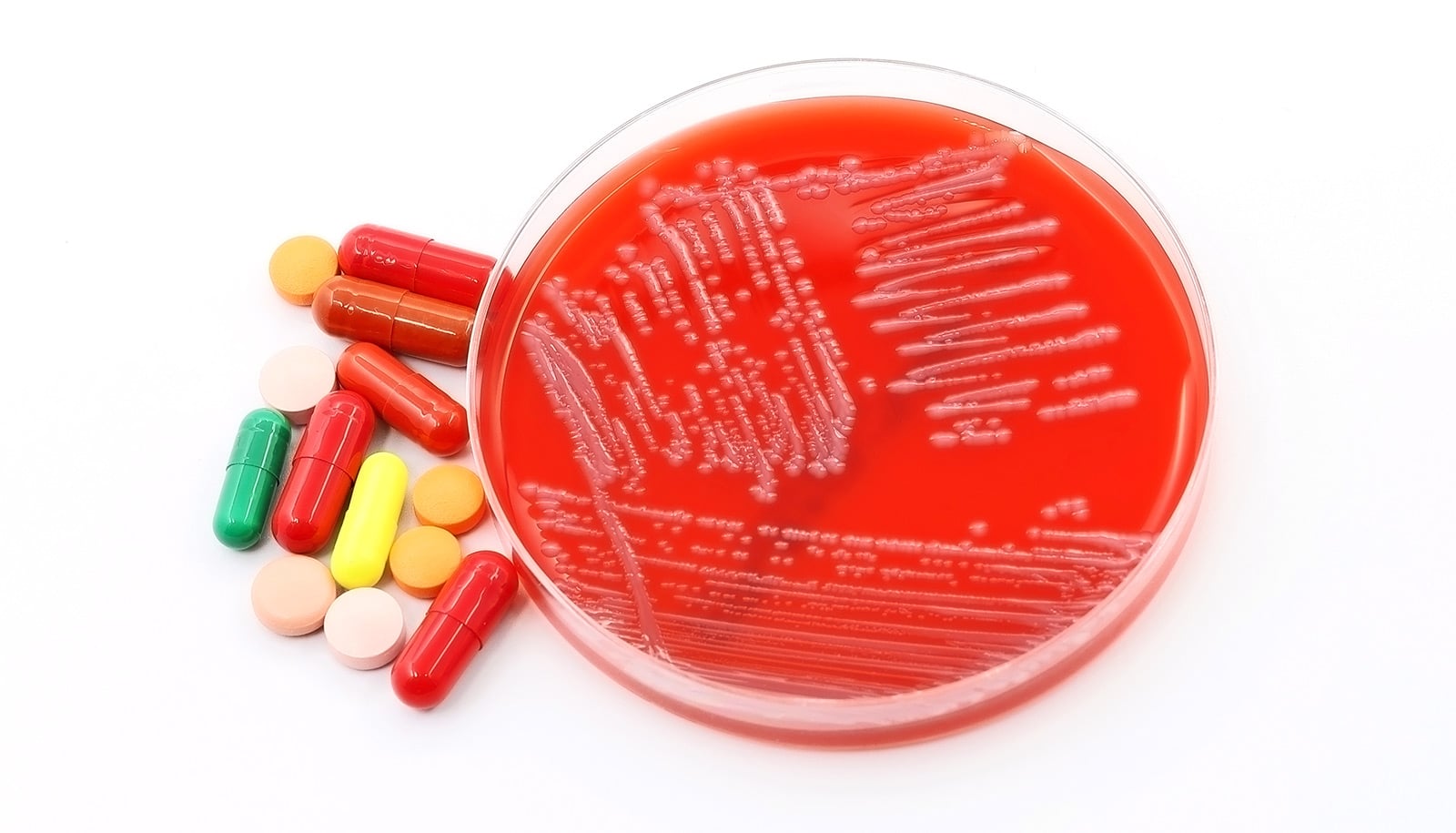Strains of bacteria have developed increased tolerance to the alcohols in hand sanitizers, which requires hospitals to rethink how they protect patients from drug-resistant bacteria.
A new study finds that strains of Enterococcus faecium, a notorious healthcare-associated bacterial pathogen, have emerged since 2010 that are ten times more tolerant of alcohol-based hand sanitizers than older strains.
“What are the chances that something could become tolerant to alcohol?”
A strict regime of hand washing with alcohol-based sanitizers before and after patient interactions has been in place in hospitals around Australia, and many other countries, since 2002, to curb a rise in deadly MRSA, an antibiotic resistant form of Staphylococcus aureus (golden staph).
“Really regimented infection control ensures medical professionals, visitors, or patients themselves aren’t spreading bacteria around the hospital,” says lead author professor Tim Stinear from Austin Health and the Peter Doherty Institute for Infection and Immunity, a joint venture of the University of Melbourne and the Royal Melbourne Hospital.
“That’s been highly effective at getting rid of golden staph. Rates of golden staph infection have been decreasing for the last 15 years.”
Gut bacteria gone bad
But while MRSA infections have dropped considerably, professor Paul Johnson, director of research at Austin Health and co-lead author of the latest research, noticed a rise in infections of Enterococcus faecium.
“Paul said maybe they’re becoming tolerant to all the alcohols we use in our hand hygiene products,” says Stinear, “and we said, that’s ridiculous. What are the chances that something could become tolerant to alcohol?”
“Alcohol use in hospitals has gone from hundreds of liters a month to thousands of liters a month of these alcohol-based disinfectants.”
“It’s a broad-spectrum disinfectant—it gets into the bacterial membranes and blows them apart. It’s a general annihilator of cells.”
Enterococcal bacteria are a normal part of the human gut bacteria and don’t usually cause health problems. Certain species, however, are becoming more prevalent in hospitals and these can cause infections that are very difficult to treat.
One particularly problematic group of enterococci are those that develop resistance to the last-line antibiotic, vancomycin. These bacteria are known as vancomycin resistant enterococci (VRE).
“The people that become infected with VRE are in hospital and they’re sick and usually they’ve been given some course of antibiotics that’s taken out their healthy gut bacteria, and that predisposes them to VRE infection,” says Stinear.
“So people that go on antibiotic treatment prior to organ transplant would be at high risk. Renal patients are at risk, as are cancer patients who might be on chemotherapies and given antibiotics to prevent or treat infections.”
Alcohol tolerance
As reported in Science Translational Medicine, the research team took 139 different strains of E. faecium and treated them with isopropanol solution, an alcohol commonly used in hand sanitizers.
“We started testing to see whether they had any tolerance to alcohol, and sure enough, the new isolates were more tolerant to alcohol exposure than the older isolates,” says Stinear.
This is an unfortunate side effect of the success of the hygiene program, he says.
“Alcohol use in hospitals has gone from hundreds of liters a month to thousands of liters a month of these alcohol-based disinfectants.
“Anywhere we repeat a procedure over and over and over again, whether it’s in a hospital or at home or anywhere else, you’re giving bacteria an opportunity to adapt, because that’s what they do, they mutate. The ones that survive the new environment better then go on to thrive.”
And the risk increases when people don’t follow the guidelines.
The World Health Organization recommends hand rubbing with alcohol-based sanitizers for 20-30 seconds for optimal outcomes, but Stinear says that, humans being human, not everyone will be this thorough every time.
“Anywhere you have sub-optimal contact times with the full-strength product you’re going to risk some breakthrough, or bacteria persisting.
“Some places use foams or gels instead of solutions, and there’s a thought that maybe the foams don’t penetrate every crevice and crack in your skin as well as a gel might or a liquid.”
Super-cleaning
The researchers also looked for clues to the alcohol resistance in the bacteria’s genome.
“We looked for signatures in the genome of the bacteria of adaptation, and we found them,” says Stinear. “We could see that there were genes that looked to be under evolutionary selection and those genes, when we mutated them, changed the alcohol tolerance of the bacteria.”
The way MRSA ‘eats’ out fat could be used against it
These results will help researchers to understand the mechanism of alcohol resistance, but is this the end for alcohol-based hand sanitizers in hospitals and other clinical settings?
“This isn’t the end of hospital hand hygiene, that’s been one of the most effective infection control procedures that we’ve introduced worldwide,” says Stinear. “The WHO recommends it.”
“But we can’t rely solely on alcohol-based disinfectants and for some bacteria, like VRE, we’re going to need additional procedures and policies in place. For hospital this will be super-cleaning regimens, which include alternative disinfectants, maybe chlorine-based.”
“An extra level of infection control, that doesn’t just rely on alcohol-based disinfectants is required.”
Source: Daryl Holland for University of Melbourne



